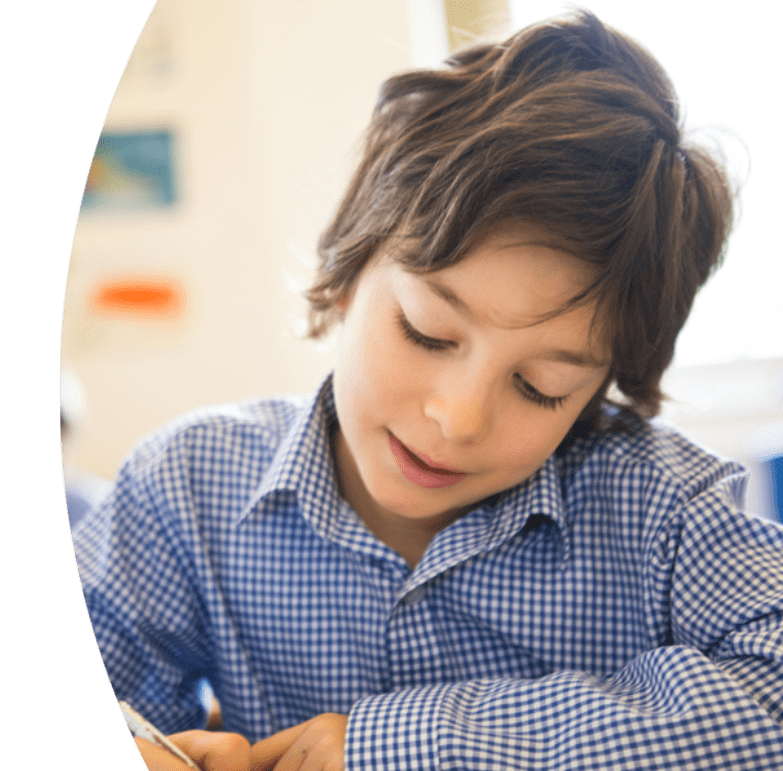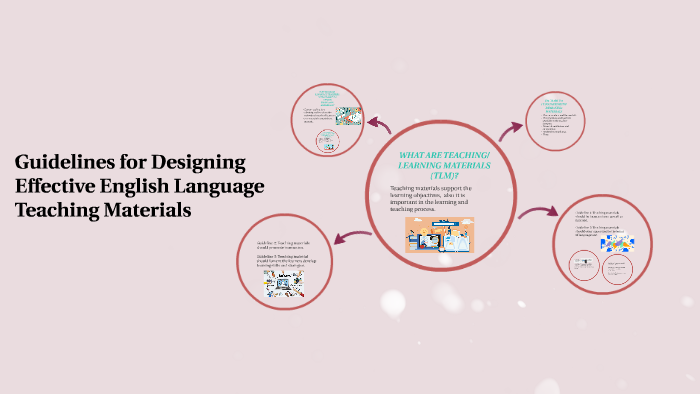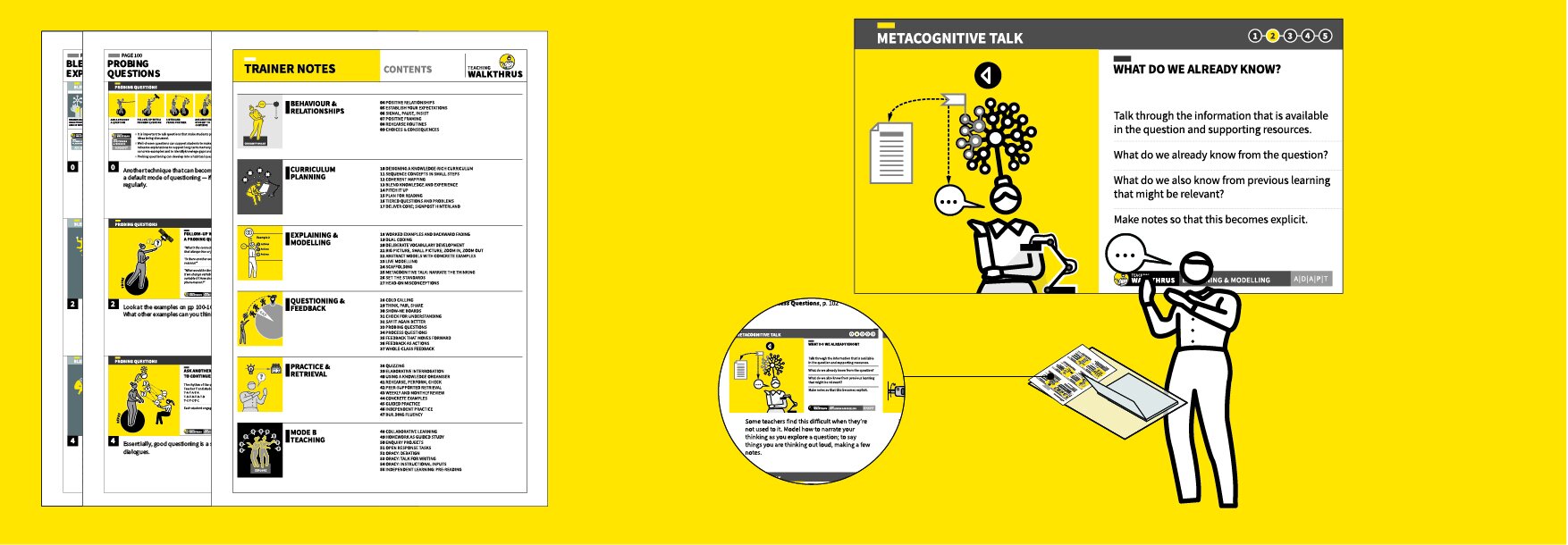Recommended Info To Choosing Italian Primary Teaching Materials
Wiki Article
What Educational And Information Materials Do Kindergarten And Primary Schools Need?
Materials are needed in the primary and kindergarten classrooms to help students learn and develop. Material like Curriculum materials are able to aid in the achievement of learning objectives within the school curriculum. The materials could include textbooks, lesson plans, and workbooks.
Classroom supplies: Classroom materials like pencils, paper and scissors, glue, as well as other art materials are essential for young children to complete their tasks and projects.
Educational technology. In this digital age technological advancements in education, like interactive whiteboards, tablets, and computers are readily available to offer resources for students and enhance their learning.
Booksfor Kindergarten and Primary schools require a variety of age-appropriate literature to help encourage the development of language and reading.
Manipulatives- The use of manipulatives like puzzles, blocks, and games can help children develop their problem-solving skills as well as spatial awareness.
Visual aids. Charts and posters as well as maps and charts can help students remember and grasp important concepts.
Music and art materials- Materials for art and music like instruments, paints and clay supply children with an outlet for creativity and allow them to express themselves.
Safety equipment - It's essential to have safety equipment like fire extinguishers, posters and emergency procedures, in order to ensure that students and staff are safe.
In general, primary and kindergarten schools need a range of information and educational tools to provide a stimulating and safe learning environment for students. View the best scuola primaria for more tips.

What Maths Teaching Aids And Educational Resources Are Suggested For Italian Nurseries?
Materials and educational aids that teach mathematics can help youngsters develop their spatial and problem-solving skills. Here are a few examples of materials that could be used to teach counting: Counting manipulatives: Counting bears, beads and blocks aid children improve their counting skills as well as fine motor skills and hand-eye co-ordination.
Number cards, charts Charts and cards to teach your children to count and learn numbers. These can include huge, vivid numbers for the walls or even smaller ones that kids can handle and hold.
Shape manipulatives. Shape manipulatives like magnetic tiles and wooden puzzles aid in developing spatial thinking and teach children about the characteristics of different shapes.
Measuring tool: Measuring and comparing tools, like rulers, measuring instruments, and scales, can help children to learn and develop their math vocabulary.
Simple games and puzzles: Simple puzzles and games such as dominoes, matching games and jigsaw puzzles are a great way to help children develop their problem-solving skills and also their attention to detail and concentration.
Tools based on technology like tablets with educational math applications and other games can be used to engage children, and provide additional resources for their learning.
These materials must be utilized in a way that is appropriate for development and safe for young children. Teachers and caregivers can use these materials to design exciting and engaging math activities which encourage children's curiosity and love of learning. Read the recommended sostegno matematica for blog recommendations.

What Kinds Of Materials And Resources Are Needed In Italian Kindergartens To Teach Science?
Support for science-related materials in Italian nurseries could be extremely helpful to children in the early years when they are exploring and learning about the world. Here are examples of what science materials support may be needed. Curriculum and lesson planning: A well designed plan of instruction and curriculum that incorporates scientific ideas will help children learn about a broad range of scientific skills and concepts.
Manipulatives and visual aids Handicaps like magnifying glasses, natural specimens and simple science experiment kits, and visual aids like charts and posters can help students learn about scientific concepts in a an interactive and visual manner.
Books and videos. Books and videos that focus on specific topics like weather, animals, plants, and even space, can offer children more information and help them to learn.
Outdoor learning areas. Playgrounds and gardens are excellent places for children to discover more about the nature of the world.
Parents can be involved in learning about science: Engaging your parents in this field can help reinforce the concepts you learned in the your nursery. Additionally, you will be able to involve the entire family in the process of learning.
Assessment tools: Assessment tools can help teachers and caregivers monitor children's progress and identify areas where additional support may be needed.
The materials that are used to aid in science education should be suitable for young children. These materials are perfect for parents and teachers to design exciting, interactive science activities that encourage children's enthusiasm for studying and curiosity. See the top rated materiale didattico scienze for website info.
What Kind Of Geography-Related Educational Cards Are Suggested In Italian Nurseries?
The possibility exists to introduce concepts of geography in Italian nurseries by using Geography didactic cards. Certain types of cards can be useful in teaching geography: Continents Cards: The children can be taught about the continents around the globe and their geographical locations, sizes, and their natural features.
Cards with country names: Children can gain knowledge about their countries by using cards for countries. They will be able to recognize the flags, languages, and the cultures of various countries.
Landmark Cards: The Landmark Cards are a great way to educate children about natural and famous landmarks across the globe, as well as their significance and locations.
Animal cards. These cards can help your child learn more about the various animals in the globe. They will also be able to teach them their habits, diets, and other adaptations.
Weather cards: Weather cards can aid children in learning about the different kinds of weather as well as their impact on the environment, including natural disasters.
Natural resource cards. Natural resource cards are a great method to educate children about the different kinds of resources that are available and the ways they can be utilized, such as water, forests and minerals.
Choose geography didactic games for children that are interactive and engaging. Teachers and parents can make use of these cards to create exciting and interactive games for geography that stimulate curiosity in children. Follow the most popular materiale didattico geografia sostegno for website tips.

